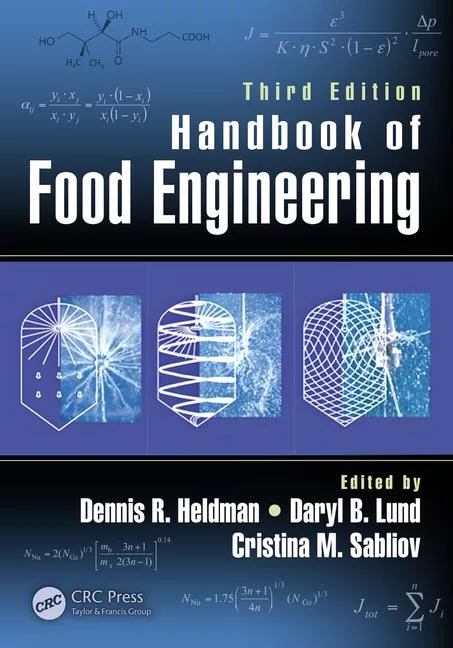The latest reality show? Outsourced engineering
What
were you doing 25 years ago today? Regardless of whether or not you were
employed in the food industry, still in school, or heaven forbid, not born yet,
you know how much the world has changed.

That’s why I was surprised when I recently looked at Food Engineering’s 1982 editions. The pages held reports about retailers gaining more power in the food and beverage industry, energy cost-cutting as a plant priority, and debates about manufacturers’ responsibilities in the health and nutrition habits of consumers.
As food companies today try to solve some of the same issues as a quarter of a century ago, I wonder where true innovation, the quest of every progressive processor, will come from.
Today’s manufacturing and operational reality is smaller staffs, tighter budgets and shrinking profit margins. While all food makers seek innovation, General Mills has launched an Internet campaign to try to uncover it. On the site, individuals or technology providers can submit ideas. See page 15 in this issue for more information.
Why all the nostalgia, you may ask? This issue marks the 25th anniversary of Food Engineering’s Plant of the Year award. Back in 1982, Campbell Soup took the honor with its Maxton, NC, facility where all the engineering work on the project was completed in-house.
Fast forward to 2007 and see the new food manufacturing reality show. The 2007 Plant of the Year award winner, the T. Marzetti Co., went outside its corporate walls to get the expertise to build the best plant possible.
While some industry trends and concerns may be the same as 25 years ago, the modern world moves in a much faster and more complex fashion. Today’s food engineers can barely keep up with the latest technologies available, let alone try to uncover emerging ones or apply ideas from different industries. Knowledge is power, but knowing when to go outside for increased knowledge can be even more powerful.

Joyce Fassl
That’s why I was surprised when I recently looked at Food Engineering’s 1982 editions. The pages held reports about retailers gaining more power in the food and beverage industry, energy cost-cutting as a plant priority, and debates about manufacturers’ responsibilities in the health and nutrition habits of consumers.
As food companies today try to solve some of the same issues as a quarter of a century ago, I wonder where true innovation, the quest of every progressive processor, will come from.
Today’s manufacturing and operational reality is smaller staffs, tighter budgets and shrinking profit margins. While all food makers seek innovation, General Mills has launched an Internet campaign to try to uncover it. On the site, individuals or technology providers can submit ideas. See page 15 in this issue for more information.
Why all the nostalgia, you may ask? This issue marks the 25th anniversary of Food Engineering’s Plant of the Year award. Back in 1982, Campbell Soup took the honor with its Maxton, NC, facility where all the engineering work on the project was completed in-house.
Fast forward to 2007 and see the new food manufacturing reality show. The 2007 Plant of the Year award winner, the T. Marzetti Co., went outside its corporate walls to get the expertise to build the best plant possible.
While some industry trends and concerns may be the same as 25 years ago, the modern world moves in a much faster and more complex fashion. Today’s food engineers can barely keep up with the latest technologies available, let alone try to uncover emerging ones or apply ideas from different industries. Knowledge is power, but knowing when to go outside for increased knowledge can be even more powerful.
Looking for a reprint of this article?
From high-res PDFs to custom plaques, order your copy today!




